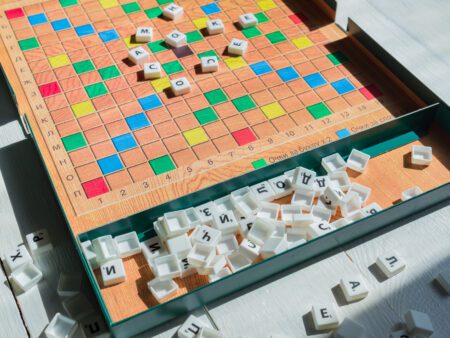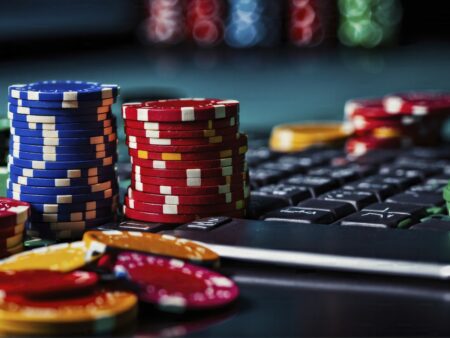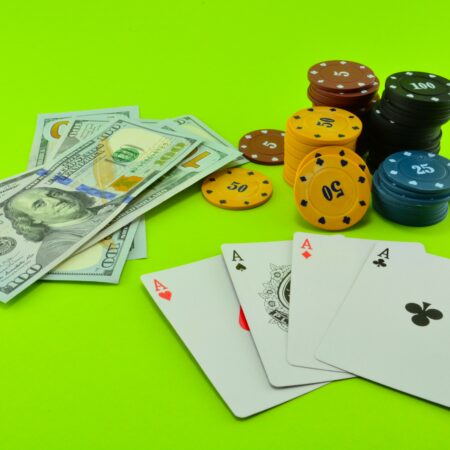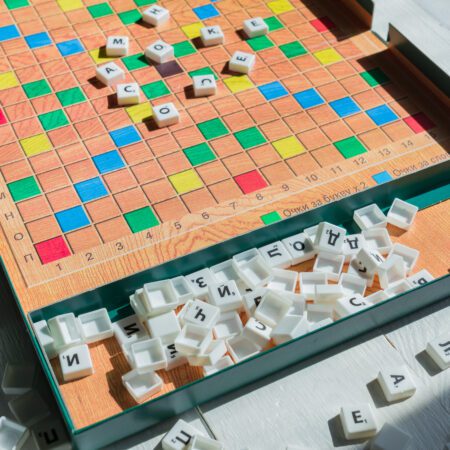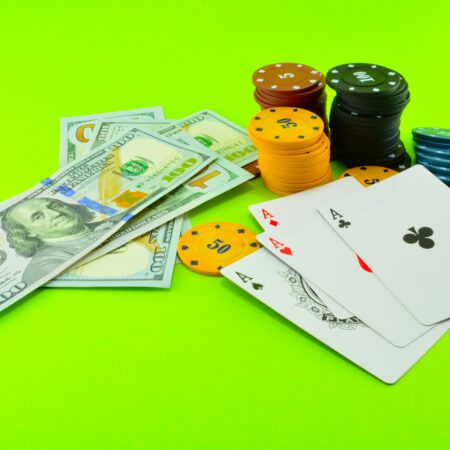Discover the secrets to successful poker bluffing and gain an edge over your opponents. Master the art of bluffing with these tips and strategies.
The Art of Bluffing: Secrets to Successful Poker
Introduction
When it comes to poker, one of the most essential skills to master is bluffing. Bluffing is the art of deceiving your opponents into thinking you have a stronger hand than you actually do, ultimately forcing them to fold and giving you the upper hand. While bluffing may seem like a risky strategy, it can greatly enhance your chances of winning if executed correctly. In this article, we will uncover the secrets to successful poker bluffing, giving you the edge you need to dominate the table.
The Psychology of Bluffing
Before diving into the techniques and strategies of bluffing, it is crucial to understand the psychology behind it. Bluffing works because it exploits the natural human tendencies of fear and uncertainty. When faced with a situation where they might lose money, most people tend to become risk-averse and avoid taking unnecessary chances. By bluffing, you can manipulate your opponents’ fears and use their caution against them.
To effectively bluff, you must pay careful attention to your opponents’ behavior and body language. Look for signs of weakness, such as hesitations, rapid breathing, or excessive sweating. These signs can indicate that your opponents are unsure about the strength of their hands. Once you spot these tells, you can exploit them by confidently placing large bets or raising the stakes, causing your opponents to doubt their own hand and potentially fold.
Choosing the Right Time to Bluff
Bluffing at the wrong time can be disastrous, resulting in a significant loss of chips. Therefore, it is essential to choose the right moment to execute your bluff. The key to successful bluffing lies in the timing and the context of the game.
There are certain situations in poker where bluffing tends to be more effective. For example, when playing against tight and conservative opponents who are less likely to take risks, bluffing can be a powerful weapon. Additionally, bluffing is more likely to succeed in late position when you have a better understanding of your opponents’ actions and hand ranges.
Furthermore, the board texture plays a crucial role in determining the success of a bluff. Bluffing is more effective on boards that are unlikely to have improved your opponents’ hands. For instance, if the board consists of low-ranking cards with no apparent flush or straight possibilities, your opponents are more likely to fold to a well-executed bluff.
Mastering the Art of Bluffing
Now that we’ve covered the psychology and timing of bluffing, let’s delve into the specific techniques and strategies that will perfect your bluffing skills.
1. Image and Table Presence
Creating a solid and consistent table presence is crucial to the success of your bluffs. Tactical table talk, controlled facial expressions, and consistent bet sizing can help establish an image of a confident and experienced player. This will make it more convincing when you decide to bluff, as your opponents will be more likely to believe that you have a strong hand.
2. Polarized Ranges
When bluffing, it is important to have a polarized range. This means that your betting range should consist of both strong hands and bluffs, with little in between. By mixing strong hands with bluffs, you create uncertainty in your opponents’ minds, making it harder for them to predict your actions.
Remember to adjust your bluffing frequency depending on the opponents you’re facing. Against tighter opponents, you can bluff more frequently, while against looser opponents, you should bluff less often.
3. Timing Tells
Timing tells are valuable cues that can help you determine when your opponents are weak and more likely to fold. When you notice your opponent instantly checking or calling, it often indicates a lack of confidence in their hand. Seize this opportunity to launch a well-timed bluff, forcing them to fold.
4. Bluffing Considerations
While bluffing can be a powerful tool, it is essential to consider your position, stack size, and the image you have established at the table. Bluffs are more effective when made from late position, as you have more information to base your decision on. Additionally, having a large stack size gives you the leverage to bluff more confidently, as you can afford to lose a few chips without significant consequences. Lastly, remember that your bluff is only as effective as the image you have built throughout the game.
Conclusion
Bluffing is an essential component of successful poker gameplay. By understanding the psychology behind bluffing, choosing the right time to execute your bluff, and implementing the right techniques and strategies, you can take your game to the next level. Remember to always pay attention to your opponents’ behavior and adapt your bluffing strategy accordingly. With practice and perseverance, you can become a master of the art of bluffing and dominate the poker table.

